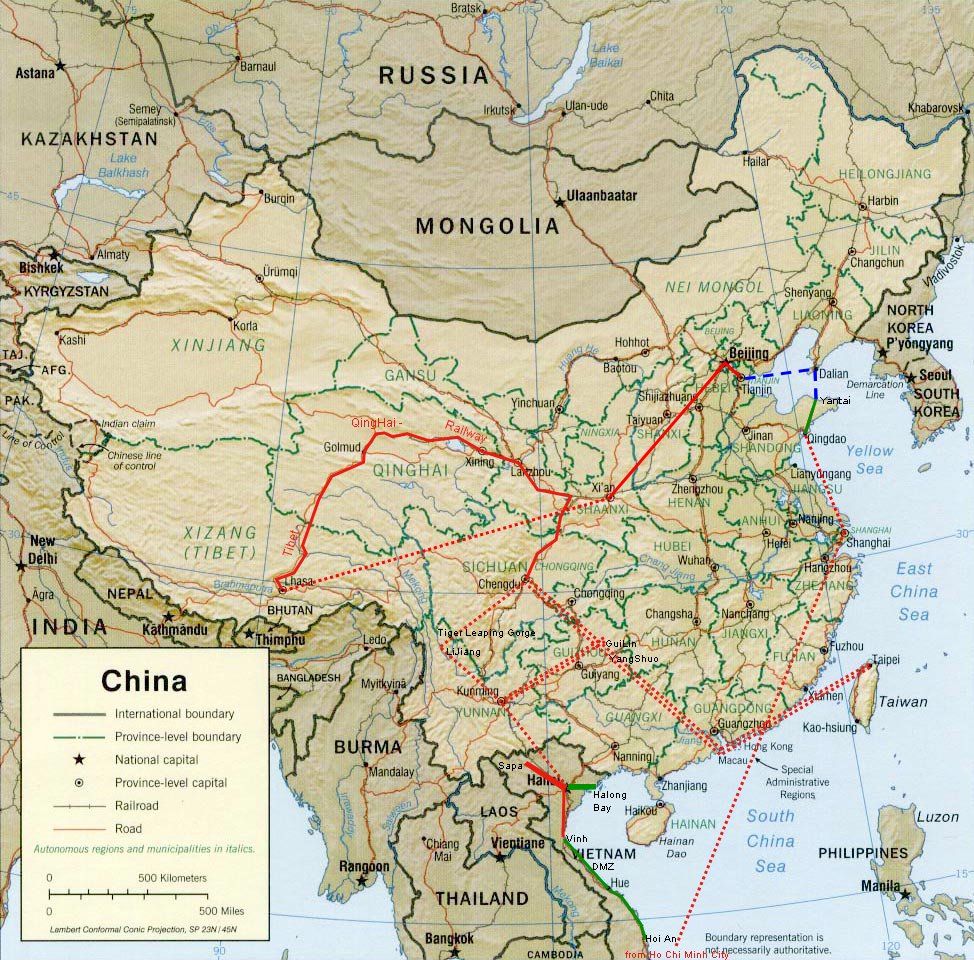Shaanxi Historical Musem (陕西历史博物馆)
As I had been unable to organize for a “Western Tour” with a tempel and some tombs I decided to check out the well-praised Shaanxi Historical Museum, claiming itself to be the “first modern museum in China”, and rated by Lonely Planet as “one of the best in China”, promising some overview of Chinese history from Neolithic to Qing dynasty times. As I didn’t find a suitable bus I just walked the 20 minutes there. I had seen the building the day before, also praised by the CITS tour guide while passing by in our bus. But if I would not have seen it before it would have been hard to figure out which exact building it was. There was a stone with its Chinese title carved into it in front of the building, but no other sign whatsoever, neither Chinese nor English. Eh…do they want to attract tourists or not…? 35 RMB admission was quite OK though.
Continue reading Xi’An (III) ShaanXi Historical Museum
